Don Siegel was an American filmmaker celebrated for his prolific contributions to genre cinema, including action, crime, and science fiction. His ability to create suspenseful, intriguing films with complex characters set him apart in Hollywood’s pantheon of directors. His work on iconic films such as Dirty Harry and Invasion of the Body Snatchers has defined their respective genres, blending thrilling narratives with psychological depth.
Before establishing himself as a director, Siegel started his career in Warner Bros’ montage department, which greatly influenced his later work, particularly his distinctive visual style. His films are characterised by efficient, crisp editing and dynamic cinematography. Siegel’s innovative use of lighting and composition added layers of tension and atmosphere to his movies. This early experience helped him craft films with a sense of immediacy and energy that resonated with audiences.
Siegel’s work often delved into themes of paranoia, authority, and the individual’s struggle against the system. Whether depicting an alien force as in Invasion of the Body Snatchers or a bureaucratic police department in Dirty Harry, his films exhibited a recurring motif of anti-establishment sentiment. Additionally, his collaboration with Clint Eastwood, which was one of the most enduring actor-director partnerships in Hollywood, shaped many of Eastwood’s iconic roles and also had a profound influence on Eastwood’s own directorial career.
In retrospect, Siegel’s impact on film history is undeniable. His innovative visual style, mastery of genre cinema, and exploration of complex themes have influenced a generation of filmmakers. Despite his focus on genre films, Siegel’s ability to infuse his characters with moral ambiguity added a psychological dimension to his narratives, elevating them beyond traditional genre conventions.
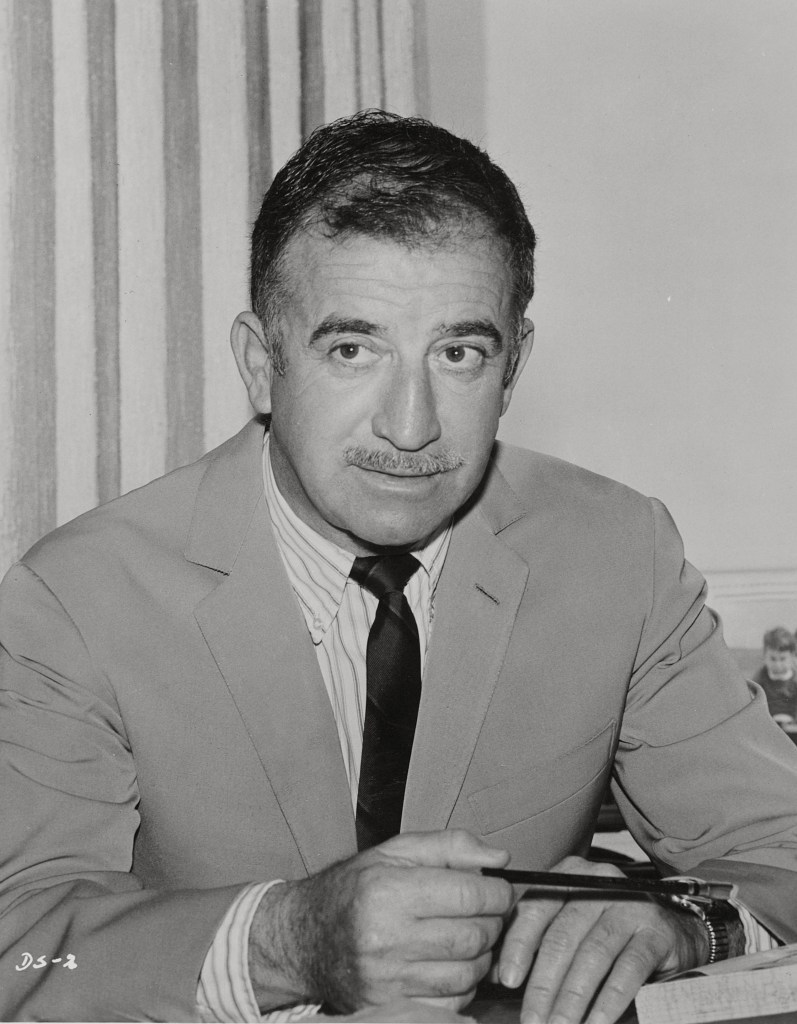
Don Siegel (1912 – 1991)
Calculated Films:
- Invasion of the Body Snatchers (1956)
- Dirty Harry (1971)
- The Shootist (1976)
- Escape From Alcatraz (1977)
Similar Filmmakers
- Anthony Mann
- Budd Boetticher
- Clint Eastwood
- Gordon Parks
- J. Lee Thompson
- John Flynn
- John Sturges
- Michael Winner
- Peter Hyams
- Peter Yates
- Phil Karlson
- Philip Kaufman

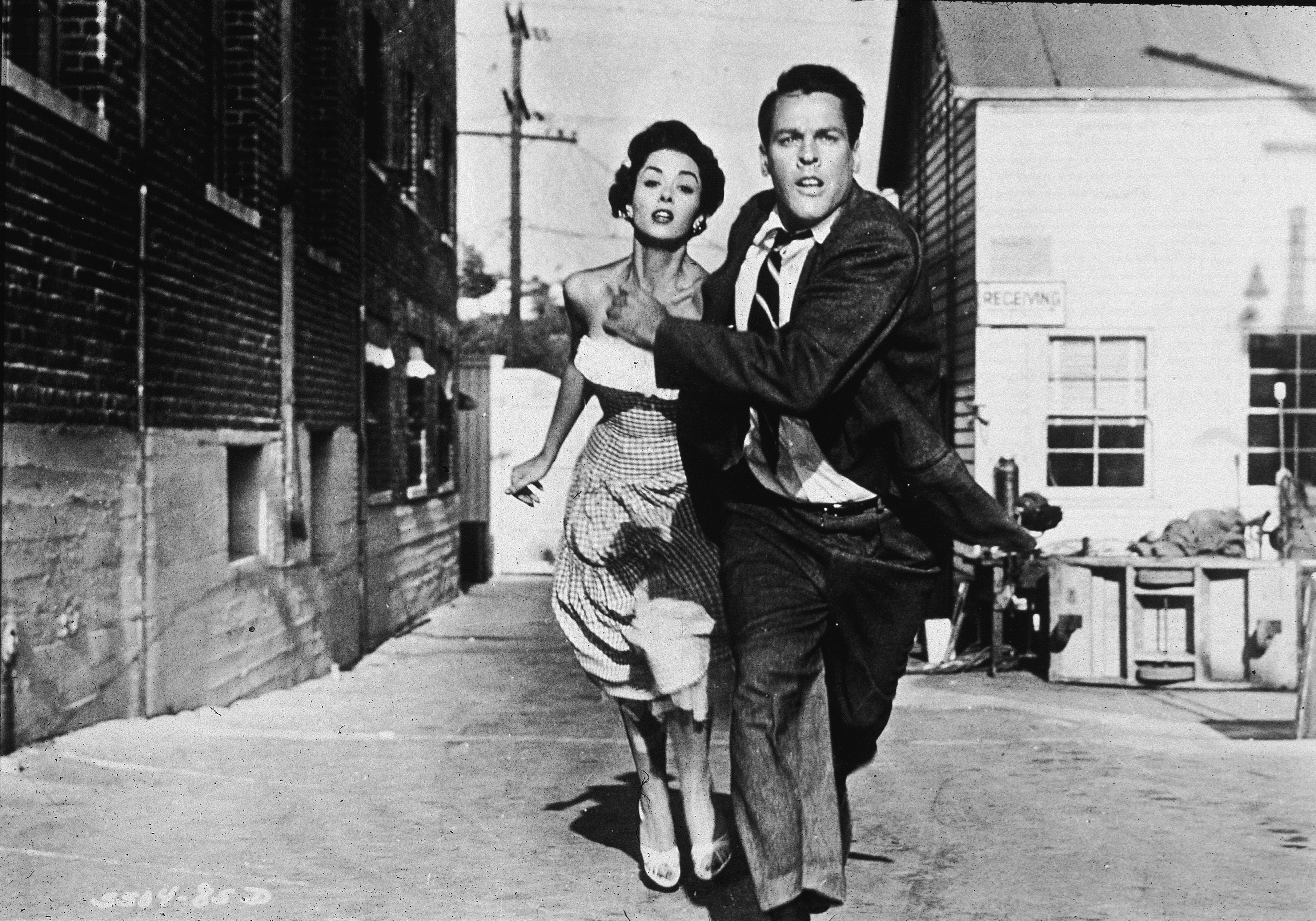
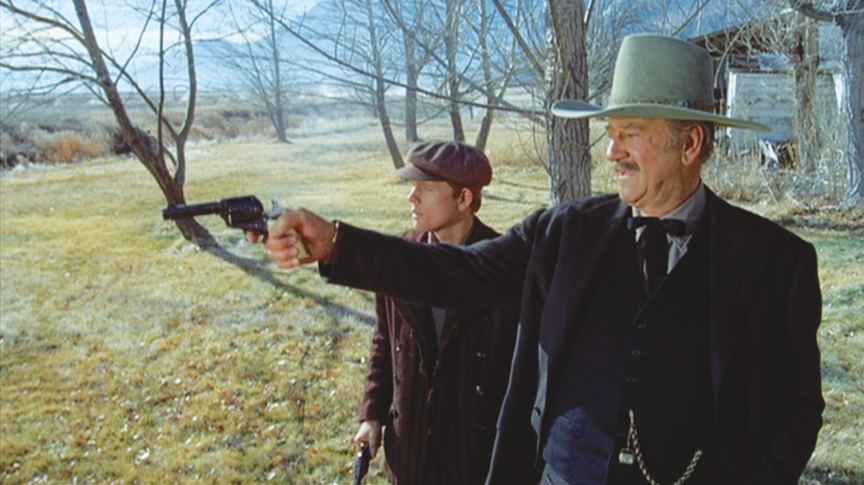
Siegel’s Top 10 Films Ranked
1. Invasion of the Body Snatcher (1956)
Genre: Sci-Fi, Horror, Thriller, Alien Invasion

2. Dirty Harry (1971)
Genre: Crime, Thriller, Action
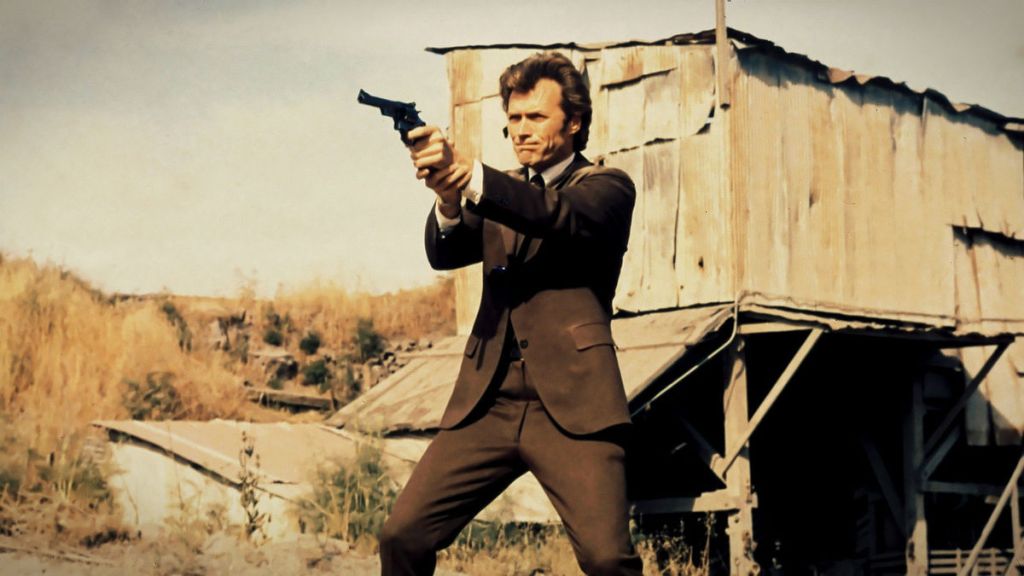
3. Charley Varrick (1973)
Genre: Heist Film, Thriller

4. Escape From Alcatraz (1979)
Genre: Prison Film, Thriller, Biographical

5. The Beguilled (1971)
Genre: Drama, Thriller, Period Drama, Gothic

6. The Lineup (1958)
Genre: Crime, Thriller, Film Noir

7. The Shootist (1976)
Genre: Revisionist Western, Western

8. The Killers (1964)
Genre: Crime, Neo-Noir

9. Riot In Cell Block 11 (1954)
Genre: Prison Film, Film Noir

10. The Verdict (1946)
Genre: Film Noir, Whodunit
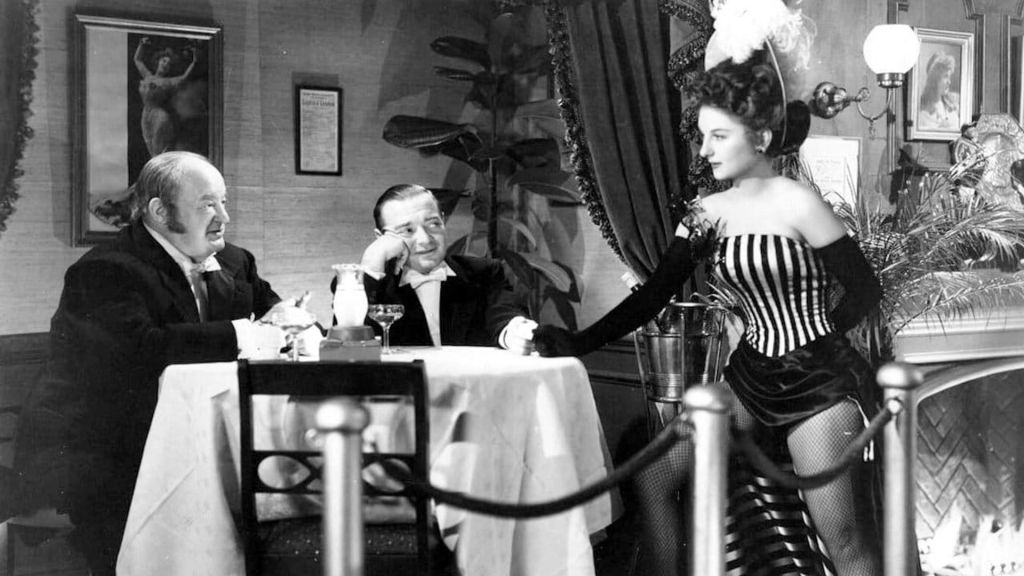
Don Siegel: Hard-Boiled Hollywood
Don Siegel was one of a handful of machismo-driven directors who came into their own in the late 50s to early 60s and would go on to drive Hollywood towards its New Wave destination. Siegel was a veteran of the industry, having worked in the montage department of Warner Bros. from the 1930s to the 40s.
Those early years immersed in montage editing, a style characterised by rapid sequences that condensed space, time, and information, would inform his later taut storytelling approach. Siegel’s experience here becomes emblematic of the subtle depth and complexity underlying his filmmaking style, punctuated with brisk pacing and a proclivity for tension.
Eventually, Siegel got his odd breaks in B-movies in the latter half of the 40s. Siegel found himself at home making films with low budgets and swift production schedules. His B-movie escapades showcased his exceptional ability to craft engaging narratives with minimal resources. These early films crack with tension and show that he didn’t need budgets as a crutch to hook an audience.
As the 1950s unfolded, Siegel began to work with another budding director, Sam Peckinpah. Peckinpah, who later earned acclaim for films like The Wild Bunch, initially served as Siegel’s assistant. Peckinpah and Siegel would enjoy a thirty-year-long friendship, and Siegel’s style and sensibilities would inform Peckinpah’s.
While Siegel made plenty of good cheap films in the 50s, the one that still stands out is Invasion of the Body Snatchers. Much more than another sci-fi quickie, this film is a paranoiac reflection of Cold War anxieties. The film remains a genre classic and was one of Hollywood’s first great sci-fi efforts.
Around the same period, The LineUp, released in 1958, further solidified Siegel’s reputation as a low-budget director capable of edgy thrills and narrative efficiency. With its gritty depiction of San Francisco’s underworld, the crime film explores the sinister underbelly of post-war America, teetering on the boundary of documentary realism and film noir.
Siegel’s momentum was indefatigable as he entered the early 1960s. Yes, like most lower-budget directors, he made his fair share of forgettable films, but he had proven himself a reliable, steady hand who could be trusted with up-and-coming stars. Such as 1964’s The Killers, starring a not-yet mega-famous Lee Marvin. The neo-noir crime film was a reimagining of Ernest Hemingway’s short story.
As Hollywood began to change and the B-movie format fell somewhat out of style, things weren’t looking up for Siegel. But collaborating with an up-and-coming actor would change all that and ensure his work would never be forgotten. That actor was Clint Eastwood, returning across the Atlantic from his spaghetti westerns with Sergio Leone.
Their first film together was the fish-out-of-water crime film Coogan’s Bluff, where Eastwood plays an Arizona deputy sheriff named Coogan, who is sent to New York City to extradite an escaped killer.
Their collaboration truly blossomed with 1971’s The Beguiled. A departure from both Siegel’s and Eastwood’s established norms, this Southern Gothic drama unveils the story of a wounded Union soldier, played by Eastwood, who finds himself ensnared in a web of intrigue within an all-girls school in Confederate territory.
Delving deep into themes of sexuality, manipulation, and the battle of the sexes, The Beguiled is an evocative film that shows Siegel was not just a master of crime thrillers. He was a director always on the lookout for new horizons.
Yet, in the same year, the Siegel-Eastwood duo would release their most iconic collaboration: Dirty Harry. Detective Harry Callahan played with stoic charisma by Eastwood, embodied a new kind of cinematic law enforcement—unapologetic, politically incorrect, and willing to skirt the rules for justice.
Siegel’s direction, juxtaposing gritty realism with moments of heightened action, redefined the crime thriller genre for an entire decade. It connected with audiences surprisingly and was attacked by critics as fascistic. Whatever it was, it was the sort of hit that had evaded Siegel throughout his career and sparked the vigilante subgenre.
Siegel’s knack for subverting genres continued with Charley Varrick. This time delving into the heist genre, the narrative follows a small-time crook (played by Walter Matthau) who, after robbing a bank, realises he’s inadvertently stolen from the mob. Siegel’s tension-laden direction, combined with Matthau’s uncharacteristically serious turn, made for a crime classic that, while not as mainstream as Dirty Harry, holds a cherished place among film aficionados.
On this hot streak, Siegel returned to a genre he’d worked in many times before, the Western with The Shootist. Here, he made what remains perhaps the last great Western in the classic Hollywood tradition. The film features John Wayne, in his final screen role, playing an ageing gunfighter grappling with cancer. Siegel’s direction beautifully captured the melancholy of a man—and an era—coming to an end. It was the swan song to Hollywood’s most enduring (For better or worse) actor and genre.
Then came the last great Siegel film. Yes, he’d continue working past it, but never to much success. Escape from Alcatraz was a gripping tale based on the true story of a trio of inmates who might have been the only ones to successfully escape the infamous prison. The film’s tenseness, intensity, and Eastwood’s performance created one of the best prison films ever made.
In the grand scheme of things, it feels like Siegel beat the odds consistently. No one would have expected a montage maker to become a director. No one would have expected a director to get so much out of such cheap films in the 50s. No one would have expected a B-movie director of the 50s to become an A-list director in the 70s. No one would have predicted he’d hit his zenith in the 70s, long after most of his contemporaries had already quit.
Siegel’s impact on friends like Peckinpah and Eastwood is obvious, but what might not be so obvious is his effect on directors like Quentin Tarantino and the Coen Brothers, whose films might feel far removed from Siegel’s, but who have both cited him as a favourite of theirs.
Siegel’s chameleon-like adaptability saw him survive Hollywood’s dirges and heights.
Most Underrated Film
As a low-budget filmmaker for most of his career, it’s fair to say Don Siegel had a few duds. However, even that early period featured great films like 1946’s The Verdict, a riveting noir, and Riot in Cell Block 11, which offers a raw, unfiltered look at prison life.
You’d expect one of these to be his most underrated film, but I think it’s actually the bigger-budget film Charley Varrick made during his golden age. The heist thriller is perfect and rarely gets the same attention or mentions as its neighbouring films.
From a technical standpoint, it’s brilliant. Siegel’s meticulousness shines brightly, employing his signature tight narrative grip combined with an unconventional protagonist—a small-time crook who, in a twist of fate, bites off more than he can chew by inadvertently stealing from the mafia.
The atmospheric cinematography and taut editing create a palpable tension throughout the film. It’s not as bombastic as Dirty Harry and doesn’t have the socio-political commentary of Invasion of the Body Snatchers. Still, it encapsulates Siegel’s talent for crafting layered characters and narratives that defy easy classification.
Don Siegel: Themes and Style
Themes:
- Societal Reflections: Siegel often used his films to hold a mirror up to society, subtly questioning or challenging societal norms and attitudes. Films like Invasion of the Body Snatchers tackled themes of conformity and Cold War paranoia.
- Law and Morality: Films such as Dirty Harry and Charley Varrick explored the boundaries of law enforcement, questioning the lengths to which one might go to achieve justice and where the line between right and wrong blurs.
- Isolation and Paranoia: Many of Siegel’s characters, like those in The Beguiled or Escape from Alcatraz, grapple with feelings of isolation, either physically or emotionally, leading to heightened states of paranoia and mistrust.
- Masculinity: Siegel’s films often depicted rugged, stoic male protagonists. This theme became particularly pronounced in his collaborations with Clint Eastwood.
Styles:
- Economical Storytelling: Rooted in his montage department beginnings, Siegel was adept at tight, efficient storytelling, cutting out any narrative fluff and focusing on the core of the plot.
- Realistic Action Sequences: Siegel’s action scenes, unlike the stylised set pieces of many contemporaries, were grounded in realism, often abrupt and brutal, mirroring the chaos of real-life violence.
- Character Depth: Even in genre pieces, Siegel’s characters were multi-dimensional, driven by internal conflicts and deep-seated motivations.
- Atmospheric Cinematography: Siegel frequently used the environment, whether the urban jungle of Dirty Harry or the enclosed space of Escape from Alcatraz, to heighten tension and set the mood.
Directorial Signature:
- Opening Scenes: Many of Siegel’s films had memorable opening sequences that set the tone for the rest of the film. These scenes often throw the audience right into the action or conflict.
- Anti-Hero Protagonists: Siegel had a penchant for characters who defied traditional hero archetypes. His protagonists were often morally ambiguous, adding complexity to the narrative.
- Collaboration with Eastwood: Siegel’s frequent collaborations with Clint Eastwood created a unique synergy. The duo’s mutual understanding and respect translated into a series of iconic films that bore the unmistakable mark of both.
- Subversion of Expectations: Whether Matthau in a non-comedic role in Charley Varrick or the deeper societal themes in sci-fi like Invasion of the Body Snatchers, Siegel consistently played against type and audience expectations.
Further Reading
Books:
- Don Siegel: Director by Stuart Kaminsky – This book provides an overview of Siegel’s life and career, exploring the themes and techniques present in his work.
- A Siegel Film: An Autobiography by Don Siegel – In his autobiography, Siegel himself offers insights into his life, career, and the Hollywood system.
Articles and Essays:
- Siegel at 59: Director, Rebel, ‘Star’ by Paul Gardner, The New York Times
- Siegel, Don by Deborah Allison, Senses of Cinema
- Individual Agency and the Studio System: Don Siegel, Montage, and Warner Bros by Ghia Godfree, Film & History
Documentaries:
- The Beguiled: The Storyteller (1971) – This short documentary directed by Clint Eastwood about the making of Siegel’s The Beguiled includes interviews with the director and cast members.
Don Siegel – The 212th Greatest Director




